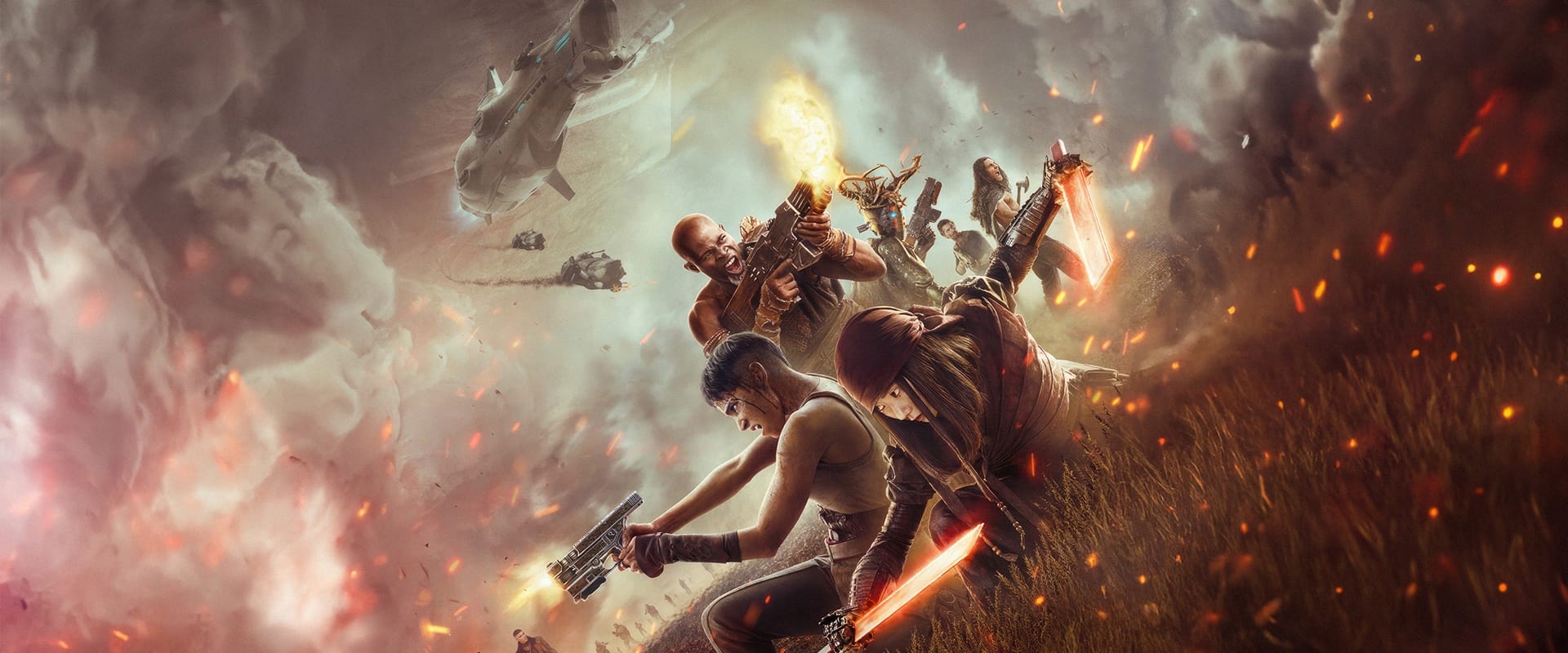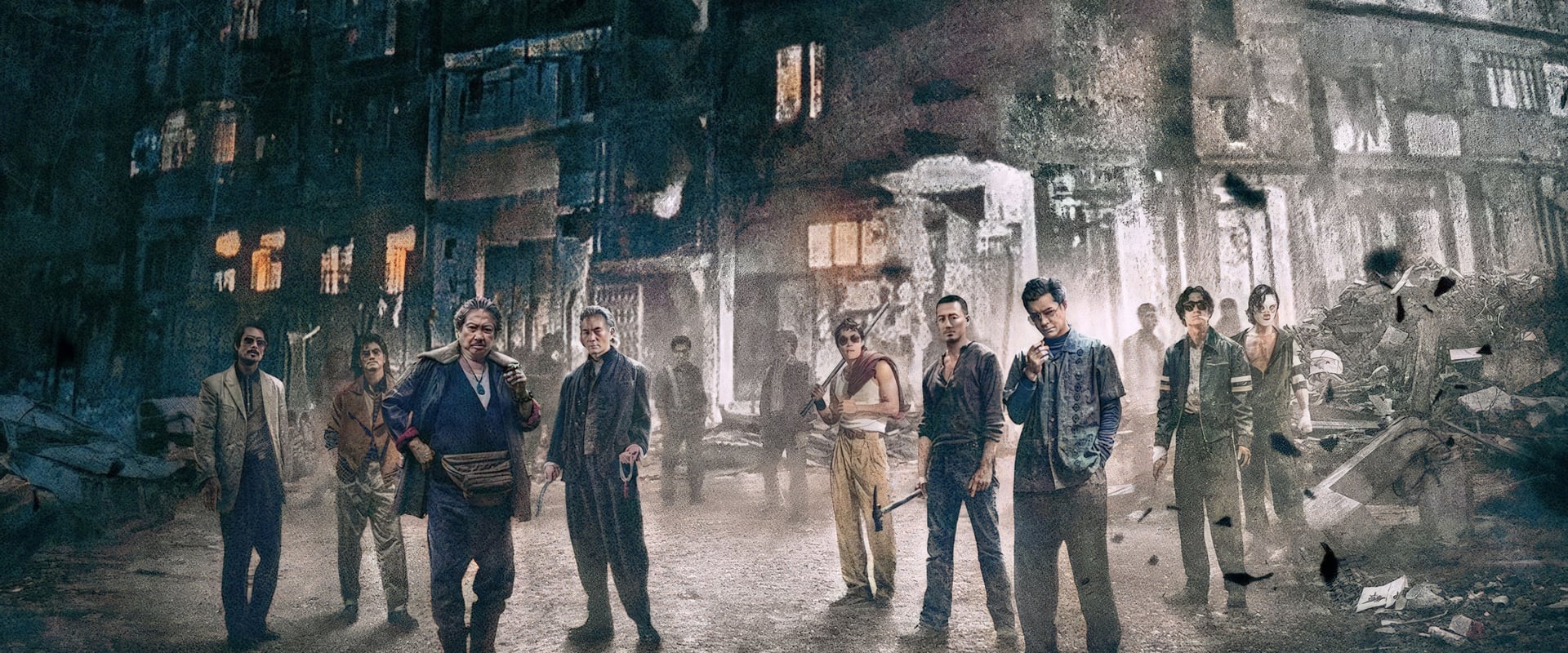If you thought the nadir of the franchise arrived with Rebel Moon – Part One, Zack Snyder’s kitchen-sink tribute to slow motion and empty spectacle, you are in for a fascinating descent. The Scargiver emerges as less a sequel than a dare—how low can the bar go? If the first film was a parade of hollow bombast, Part Two is the mop-up: a limp, shivering attempt to wring significance out of a narrative so lifeless, you have to check your own pulse to make sure it’s not catching.
Whatever dreary, derivative sci-fi cliché you thought the first film missed, fear not: Snyder remembered them all and then doubled down. There is something perverse in the way he stretches his talents (I use the term generously) to fit an even duller, flatter canvas. Rebel Moon 1 at least had a glimmer of scale—hollow, yes, but draped in the obligatory trappings of “galactic” stakes. Here, the supposed war for everything takes place entirely in a wheat field. The climax—the fate of The Motherworld!—delivered in a barnyard. You can practically hear the chickens clucking in protest.
Gone is the forced world-building clatter of the first; instead we get something even more offensive: a story that has the gall to shrink. Somehow, all the cosmic shenanigans collapse into a small parade of insipid dialogue, character backstories that wouldn’t cut muster in a tie-in comic, and a whole first hour spent pretending we care about people whose names escaped me while the credits were still rolling. Even the action—Snyder’s so-called strong suit—lands with the weight of a damp rag. These are battles you forget while watching.
The cast, oh, the poor cast. Sofia Boutella—noble physique, uncharismatic dialogue—slogs through a role that could turn anyone into scenery. Djimon Hounsou stares grimly into the void; Bae Doona and Anthony Hopkins conjure more energy than the script deserves, and one can only applaud their professional endurance. There’s no pleasure in blaming the actors. The problem is the utter inability of the script, the editing, the—let’s call it “direction”—to make you feel anything at all.
And dear lord, the slow motion. If I could have reclaimed the minutes lost to Snyder’s slo-mo fetish, I’d have time to rewatch Seven Samurai twice and actually feel something—a pang, a thrill, maybe even the boredom that Kurosawa sometimes earned. Here, you just see life tick away, one faux-epic tableau after another, cloaked in CGI haze that, if possible, looks cheaper and less convincing than the first film. At this point, the special effects aren’t so much special as they are an affront—plastic goop slathered over sullen faces and lifeless fields.
The script keeps circling back to “reveals” about the central team—except none of it resonates because you haven’t invested an ounce of feeling in the cause. How can you, when the central protagonist, Kora, is a void painted beige? It is almost admirable, in a tragic way, how thoroughly the film manages to make every heroic sacrifice and dramatic turn a non-event. The story is an anatomy lesson in cliché: training montages, noble last stands, tragic revelations, villain resurrected, big sacrificial payoff. Yet it’s all so rigorously unearned you start to blame yourself for continuing to watch.
The film is so bludgeoning in its narrative laziness that you half-expect the script to abandon dialogue altogether and just let the score run wild—Tom Holkenborg, returning from part one, working his best to inject life into a corpse. The only rebellion here is from the audience, struggling against the shackles of Netflix’s algorithm.
Snyder, to his credit, is consistent: his work as cinematographer cribs from the worst excesses of his own oeuvre. Was there a single sequence here that looked, for one instant, like science fiction in miniature instead of bargain-bin fantasy in macro? If Rebel Moon Part One bequeathed us a colorless universe, Part Two strips it for parts. The result: a movie so numbingly, spectacularly empty that it becomes its own punchline.
And so it ends—not with a bang, but with a whimper painstakingly extended for two dreary hours, all in the service of setting up… another quest, another “director’s cut,” another studio accounting exercise masquerading as a saga. Even cynicism has more charisma than this.
If you made it all the way through, congratulations. You’ve survived something Snyderian cinema seldom achieves: the sensation of less than nothing. The Scargiver manages to make its predecessor look generous by comparison. A soulless echo chamber—somewhere between parody and punishment—where the only act of rebellion is hitting “stop.”
Final assessment? Worse than trash: it’s the cinematic black hole at the center of a once-promising genre, swallowing hope, entertainment, and two hours of your life you’ll never get back.


